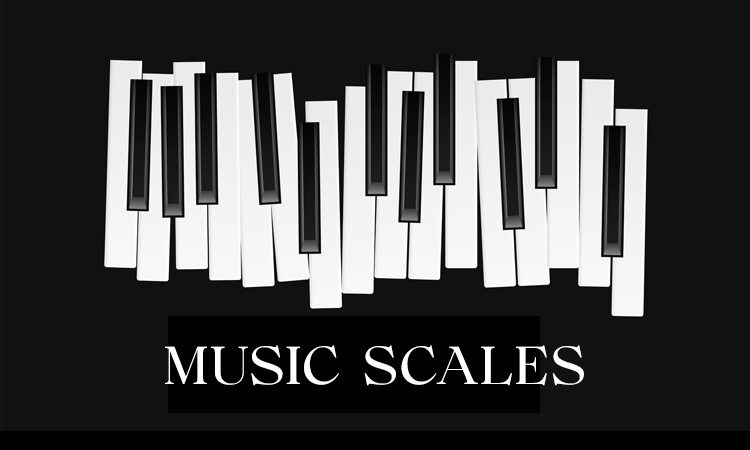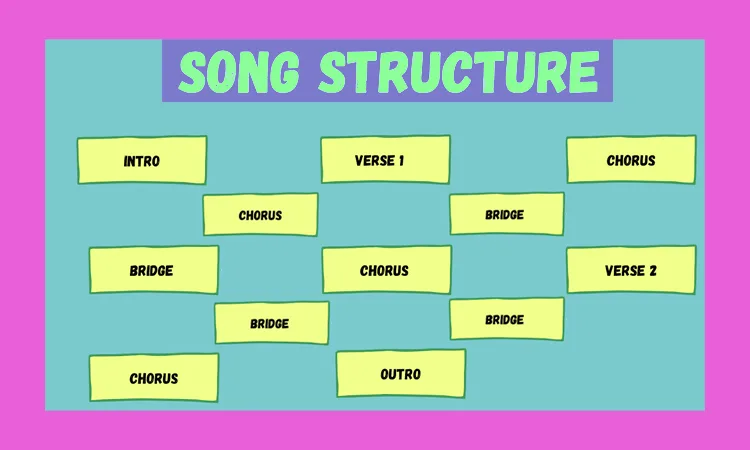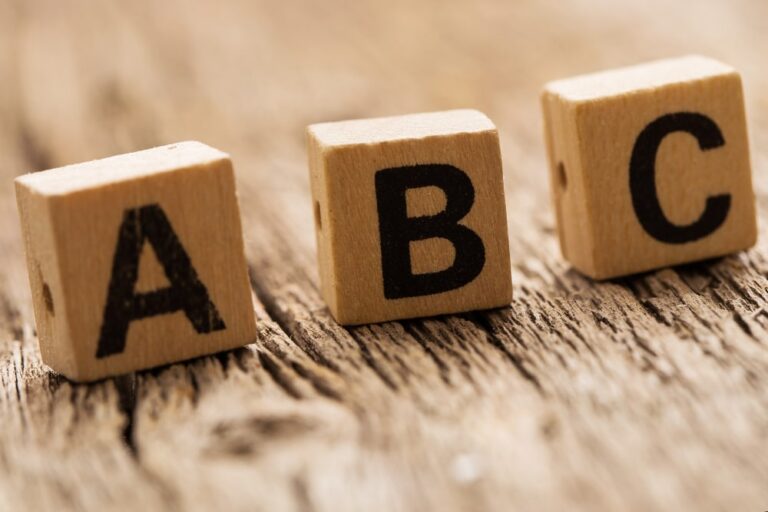
There are many different music scales used in music theory, each with its own unique set of notes and characteristic sound. Here are some of the most common scales:
Major Scale:
- Formula: W-W-H-W-W-W-H (W = whole step, H = half step)
- Example: C major scale – C D E F G A B C
Natural Minor Scale:
- Formula: W-H-W-W-H-W-W
- Example: A natural minor scale – A B C D E F G A
Harmonic Minor Scale:
- Formula: W-H-W-W-H-W+H-H
- Example: E harmonic minor scale – E F G A B C D# E
Melodic Minor Scale (ascending):
- Formula: W-H-W-W-W-W-H
- Example: F melodic minor scale (ascending) – F G A Bb C D E F
Blues Scale:
- Formula: 1-b3-4-b5-5-b7-1 (in relation to the major scale)
- Example in C: C Eb F Gb G Bb C
Pentatonic Major Scale:
- Formula: 1-2-3-5-6 (in relation to the major scale)
- Example in G: G A B D E
Pentatonic Minor Scale:
- Formula: 1-b3-4-5-b7 (in relation to the natural minor scale)
- Example in A: A C D E G
Dorian Mode:
- Formula: 1-2-b3-4-5-6-b7 (in relation to the major scale)
- Example in D: D E F G A B C D
Mixolydian Mode:
- Formula: 1-2-3-4-5-6-b7 (in relation to the major scale)
- Example in G: G A B C D E F G
Phrygian Mode:
- Formula: 1-b2-b3-4-5-b6-b7 (in relation to the major scale)
- Example in E: E F G A B C D E
Locrian Mode:
- Formula: 1-b2-b3-4-b5-b6-b7 (in relation to the major scale)
- Example in B: B C D E F G A B
Whole Tone Scale:
- Formula: W-W-W-W-W-W
- Example starting on C: C D E F# G# A#
Chromatic Scale:
- Formula: Consists of all 12 pitches within an octave
- Example starting on C: C C# D D# E F F# G G# A A# B
These are just some of the many scales used in music, and each scale imparts a unique flavor and mood to compositions. Musicians often use these scales as the building blocks for melodies, harmonies, and improvisation in various musical genres.




